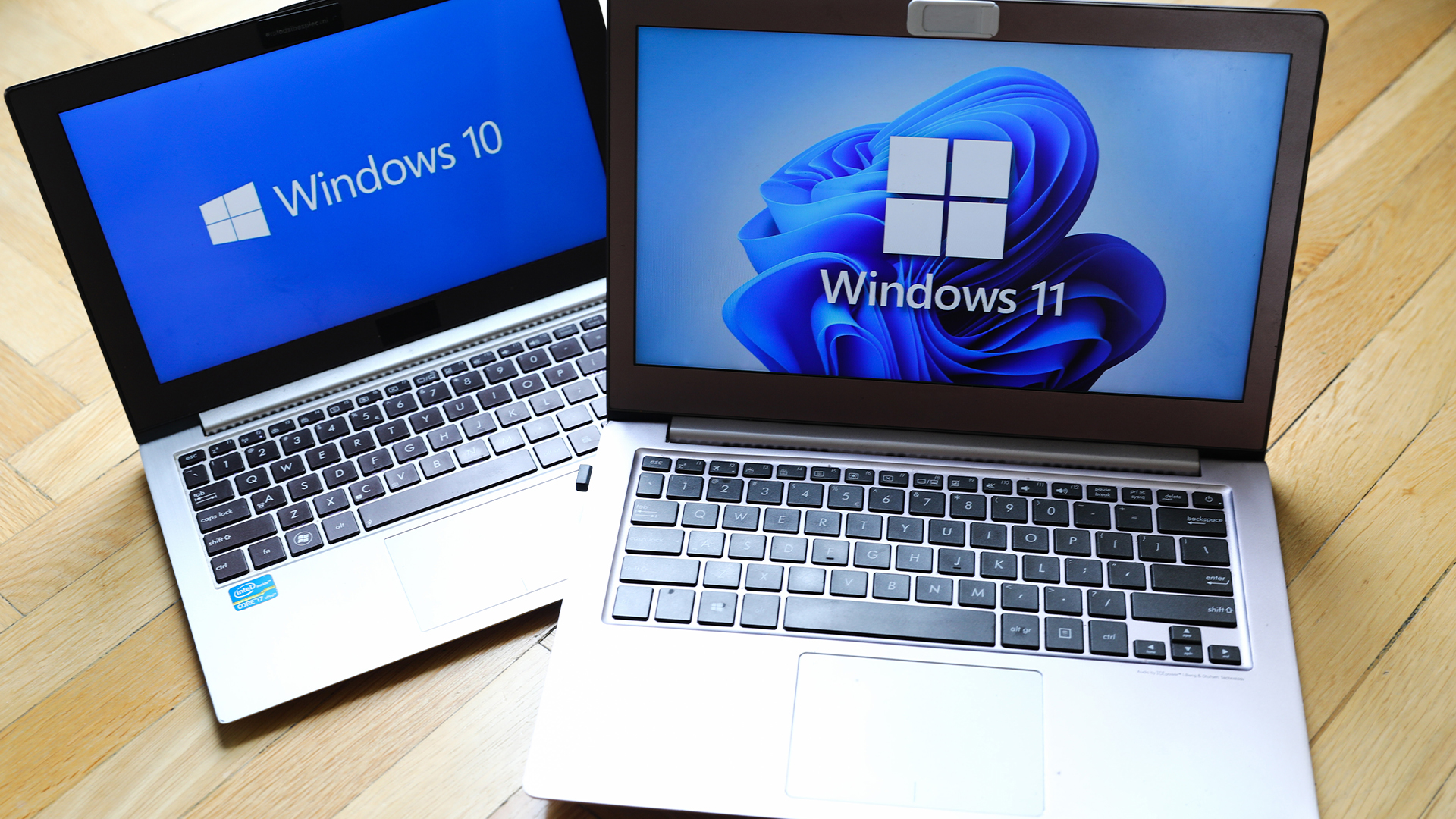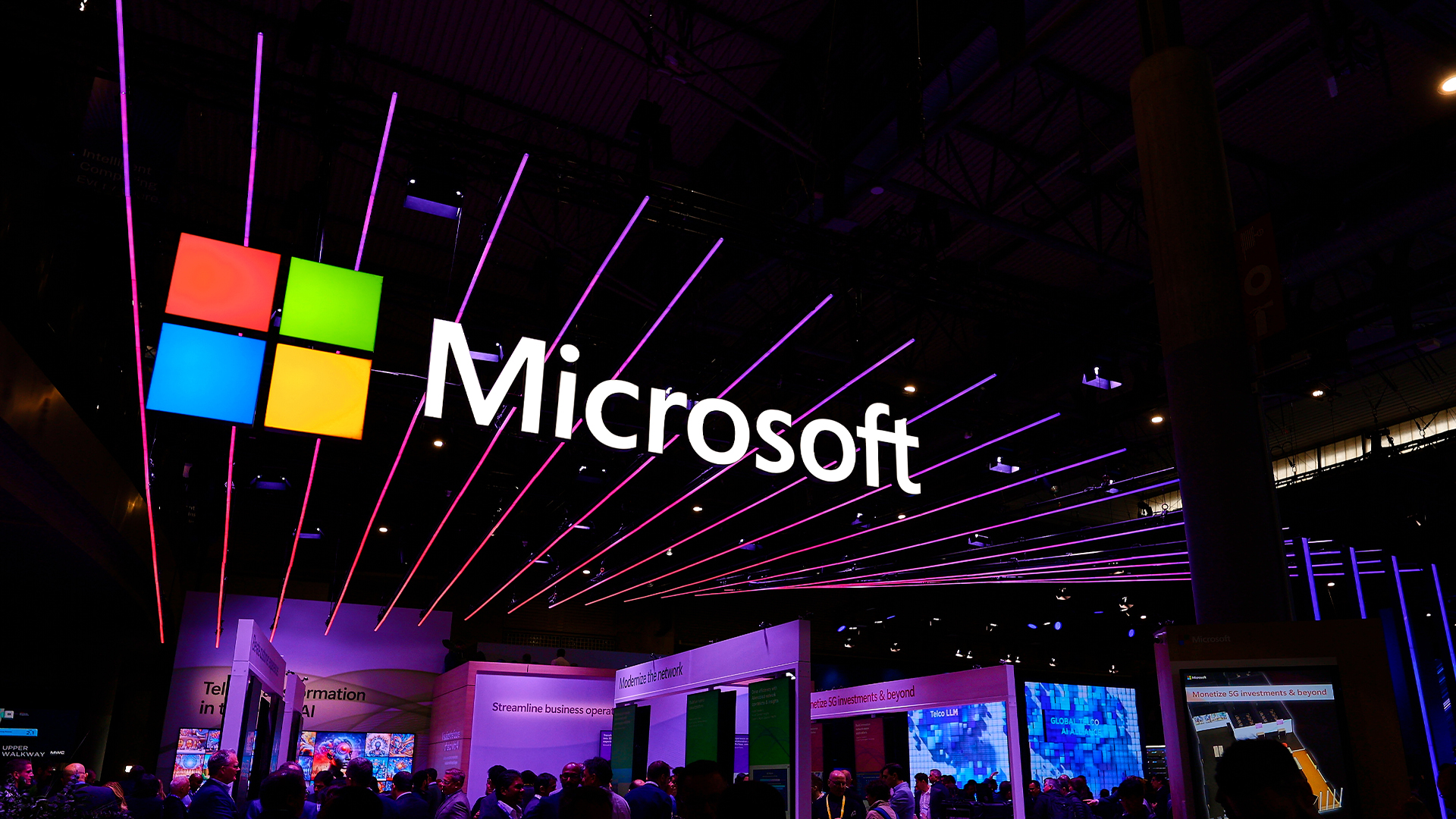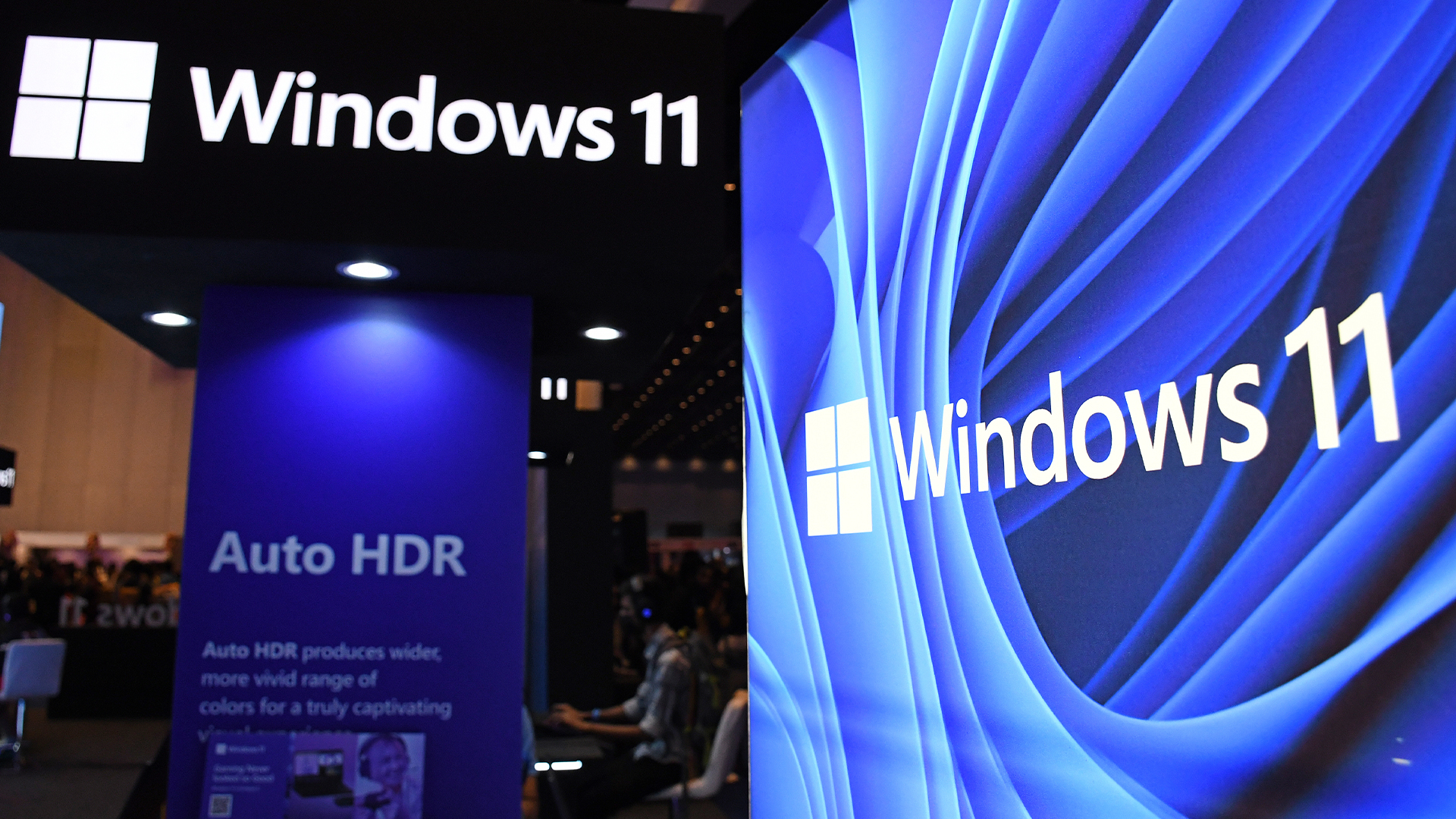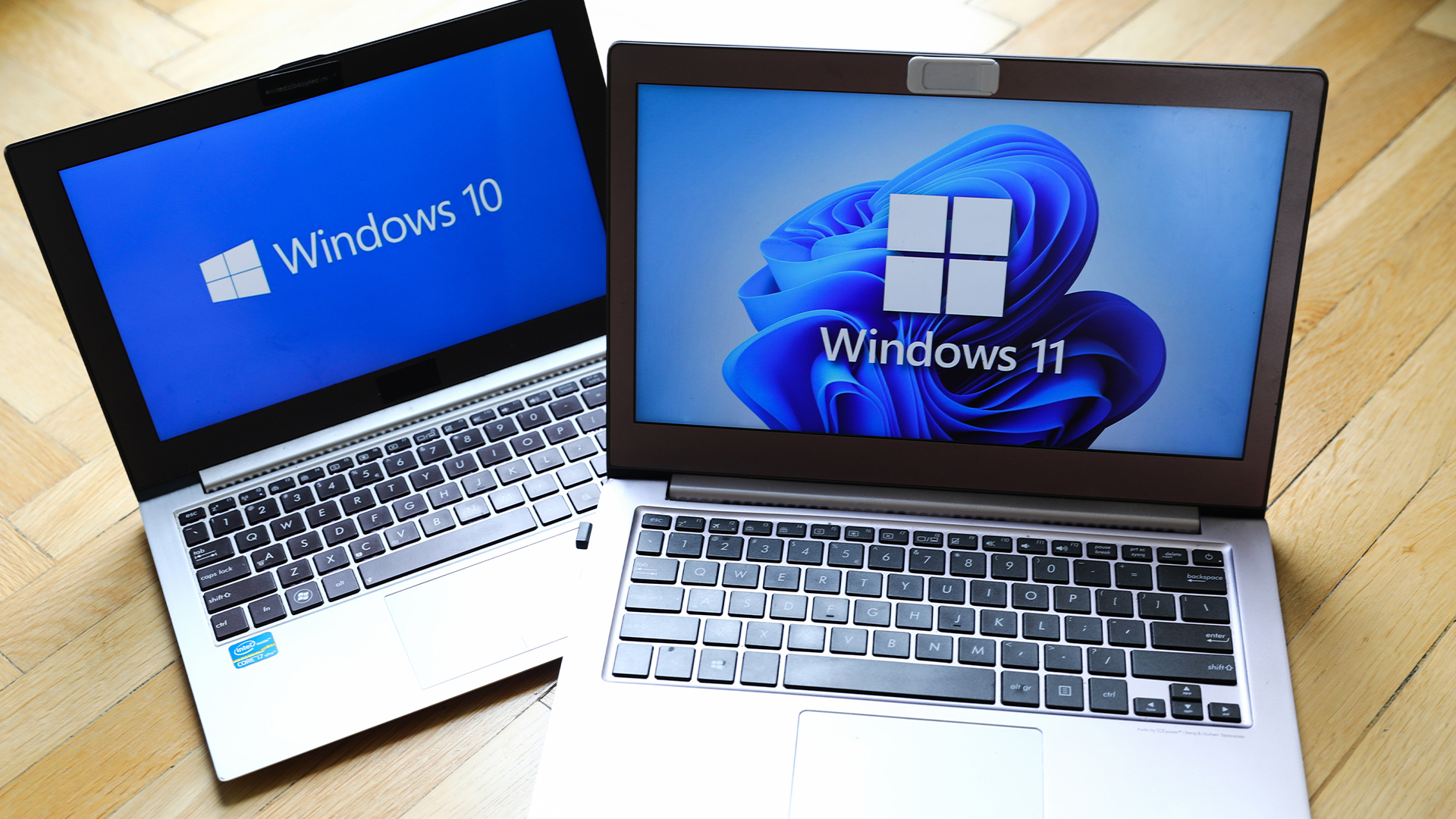Here’s how much Windows 10 could cost if you don’t upgrade this year
Microsoft confirmed that extending the life of the operating system could be a pricey commitment


Businesses looking to keep using Windows 10 past the approaching end of life (EOL) date will face steep costs, Microsoft has confirmed.
The firm clarified the cost of its extended service updates (ESU), which allow users access to critical security updates for up to three years past the Windows 10 EOL date, set for 14 October 2025.
ESU updates will require users to pay an annual fee which increases incrementally over the three year eligibility period. It will cost $61 per device for the first year, doubling every consecutive year to $122 per device in year two and $244 in year three.
They can only be purchased in yearly iterations, the tech giant noted, with year-one starting in November 2025. Importantly, if you decide to purchase the program in year two or three, you’ll have to pay cumulatively for the previous years.
There are exceptions to the fees. ESU is available for free for Windows 10 virtual machines (VMs) running in Windows 365 or Azure Virtual Desktop, as well as for Windows 10 endpoints connecting to Windows 365 Cloud PCs.
No technical support is included in ESU, Microsoft said, though the firm will assist customers who encounter challenges related to the updates themselves. Windows 10 ESU are available in volume licensing now.
Windows 10 migration problems persist
Windows 10 EOL has not been a straightforward process so far, with a report from last summer showing that 82% devices are still not running on Windows 11 - partly due to enterprise anxiety about making the switch.
Sign up today and you will receive a free copy of our Future Focus 2025 report - the leading guidance on AI, cybersecurity and other IT challenges as per 700+ senior executives
Companies are wary of repeating the transition to Windows 10, which was often time-consuming and disruptive, Cloudhouse director Mark Gilliand told ITPro at the time of the study.
There was also an indication that the EOL could create a huge volume of e-waste as millions of devices are condemned to the scrap heap, research from Canalys suggested at the end of 2023.
Businesses wary of the looming deadline should put security and sustainability front and center, Circular Computing’s Steve Haskew told ITPro in October.
They should also conduct an audit of device eligibility for Windows 11 and create backups of data.

George Fitzmaurice is a former Staff Writer at ITPro and ChannelPro, with a particular interest in AI regulation, data legislation, and market development. After graduating from the University of Oxford with a degree in English Language and Literature, he undertook an internship at the New Statesman before starting at ITPro. Outside of the office, George is both an aspiring musician and an avid reader.
-
 Trump's AI executive order could leave US in a 'regulatory vacuum'
Trump's AI executive order could leave US in a 'regulatory vacuum'News Citing a "patchwork of 50 different regulatory regimes" and "ideological bias", President Trump wants rules to be set at a federal level
-
 TPUs: Google's home advantage
TPUs: Google's home advantageITPro Podcast How does TPU v7 stack up against Nvidia's latest chips – and can Google scale AI using only its own supply?
-
 Microsoft Excel is still alive and kicking at 40 – and it's surging in popularity as 82% of finance professionals report ‘emotional attachment’ to the spreadsheet software
Microsoft Excel is still alive and kicking at 40 – and it's surging in popularity as 82% of finance professionals report ‘emotional attachment’ to the spreadsheet softwareNews A recent survey found Gen Z and Millennial finance professionals have a strong “emotional attachment” to Microsoft Excel
-
 Microsoft’s Windows chief wants to turn the operating system into an ‘agentic OS' – users just want reliability and better performance
Microsoft’s Windows chief wants to turn the operating system into an ‘agentic OS' – users just want reliability and better performanceNews While Microsoft touts an AI-powered future for Windows, users want the tech giant to get back to basics
-
 Windows 10 end of life has passed – here's your business guide to Windows 11
Windows 10 end of life has passed – here's your business guide to Windows 11In-depth As Windows 10's mainstream support ends, it's time for businesses who have yet to upgrade to take a second look at Windows 11
-
 Microsoft 365 price hikes have landed the tech giant in hot water
Microsoft 365 price hikes have landed the tech giant in hot waterNews Australian regulators have filed a lawsuit against Microsoft for allegedly misleading users over Microsoft 365 pricing changes.
-
 Microsoft issues fix for Windows 11 update that bricked mouse and keyboard controls in recovery environment – here's what you need to know
Microsoft issues fix for Windows 11 update that bricked mouse and keyboard controls in recovery environment – here's what you need to knowNews Yet another Windows 11 update has caused chaos for users
-
 Windows 10 end of life could create a major e-waste problem
Windows 10 end of life could create a major e-waste problemNews The study marks the latest Windows 10 end of life e-waste warning
-
 Microsoft Office 2016 and 2019 are heading for the scrapheap next month – but there could be a lifeline for those unable to upgrade
Microsoft Office 2016 and 2019 are heading for the scrapheap next month – but there could be a lifeline for those unable to upgradeNews The tech giant has urged Office 2016 and Office 2019 users to upgrade before the deadline passes
-
 UK government programmers trialed AI coding assistants from Microsoft, GitHub, and Google – here's what they found
UK government programmers trialed AI coding assistants from Microsoft, GitHub, and Google – here's what they foundNews Developers participating in a trial of AI coding tools from Google, Microsoft, and GitHub reported big time savings, with 58% saying they now couldn't work without them.